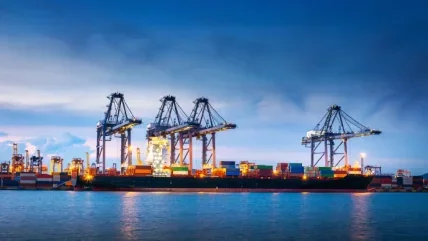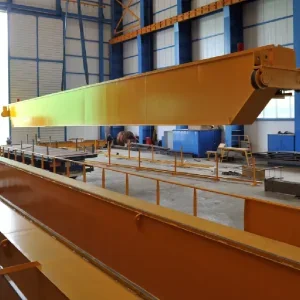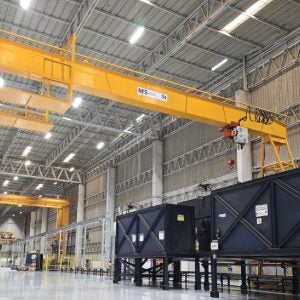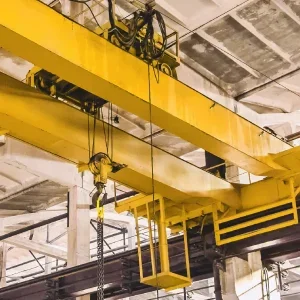
The Port of Virginia has expanded its capacity to manage ultra-large container vessels (ULCVs) by introducing four new ship-to-shore cranes at a third berth, with plans to upgrade two additional berths.
This development took place earlier this month at the Virginia International Gateway (VIG), where the all-electric, Suez-class container cranes are now operational.
The port has increased its total to 26 ship-to-shore cranes positioned in deep water, enabling it to handle the largest container ships currently navigating the Atlantic Ocean trade. This includes the ability to manage three ULCVs simultaneously.
ULCVs are characterised by their capacity to transport between 14,000 and 24,000 twenty-foot equivalent units (TEUs) on a single vessel. These ships typically measure between 1,181 and 1,312 feet in length and have a draft depth ranging from 48 to 52 feet below the waterline.
Virginia Port Authority CEO and executive director Stephen Edwards stated that the facility aims to continue these enhancements to eventually accommodate five ULCVs at once.
Edwards said: “We are continuing to invest in the kind of infrastructure that allows ocean carriers and the cargo owners using The Port of Virginia to grow their volumes here. Today we offer three ULCV berths, and we are quickly heading toward having the capacity to handle five ultra-large container vessels at once.”
In addition to these infrastructure improvements, the port is also deepening its commercial shipping channels and Norfolk Harbor to a depth of 55ft. This project will make Virginia the location of the deepest port on the US East Coast.
“We already have channels wide enough to handle two-way ULCV traffic, and we are in the last phase of deepening. When the dredge work is complete, multiple ULCVs, loaded to their absolute limits, will be able to call The Port of Virginia without restrictions at the berth, on water depth or for vessel traffic. Modern ships require a modern gateway like The Port of Virginia.”






